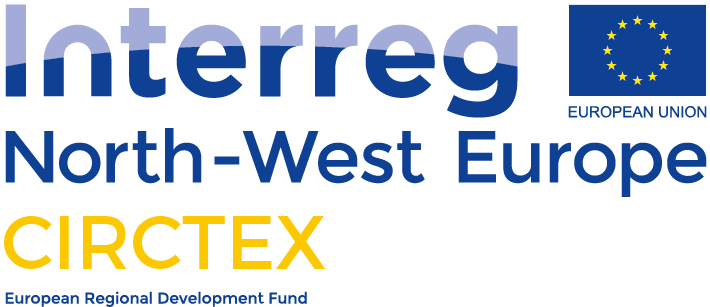One of the speakers was Sofie Huysman of Centexbel
Improved Data on the Environmental Burden of Spun Yarns and Woven Fabrics Made from Different Materials
Abstract
This study evaluates the environmental burden of spun yarns and woven fabrics made from different raw materials – cotton, organic cotton, polyester, recycled PET, viscose and Tencel staple fibers – in a cradle-to-gate perspective, using recent industrial data for spinning and weaving processes located in western Europe.
When looking at available life cycle inventories (LCIs) related to spinning and weaving in well-known databases like Ecoinvent, it becomes clear that the necessary data is limited, too material specific and not taking into account important textile metrics such as the thickness of the yarn.
For example: when consulting Ecoinvent, the available process data is in most cases already linked to a certain material (e.g. spun cotton yarns). Extracting and coupling the required data with a different material has to be done manually. Further, the processes are mostly situated in Asia, entailing country-specific utility inputs (e.g. electricity) which cannot simply be transferred to a European process. Most importantly, the data is only expressed per kg and does not specify the yarn size, which has a large influence on energy use (van der Velden et al., 2012) Data gaps also occur at the level of raw materials. The environmental impacts of cellulose regenerated Tencel, which is not available in the Ecoinvent database, were simulated based on literature (Shen et al. 2010). To model the extrusion of recycled PET into staple fibres, LCI data was collected from trials on semi-industrial melt spinning lines.
Using all this on-site gathered data, this study provides a tool to calculate the environmental burden of intermediate textile products, made from different materials, in function of the yarn size.
The impact assessment is based on midpoint and endpoint indicators as suggested by the International Life Cycle Data system (ILCD) scheme.
